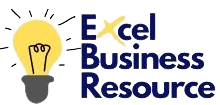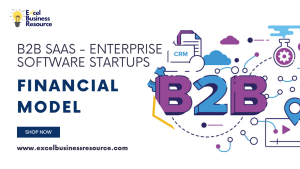B2B SaaS Financial Model & Valuation Spreadsheet
Original price was: $200.0.$130.0Current price is: $130.0.B2B SaaS Financial Model & Valuation Spreadsheet
The B2B SaaS Financial Model & Valuation Spreadsheet is a tailored solution crafted for B2B SaaS companies. It offers dynamic financial modeling, revenue forecasting, expense management, cash flow analysis, valuation modelling, scenario analysis, and investor presentation support. Whether you’re a startup seeking funding, a growing SaaS company, or an investor, our tool provides data-driven insights for strategic decision-making and unlocking growth potential.







